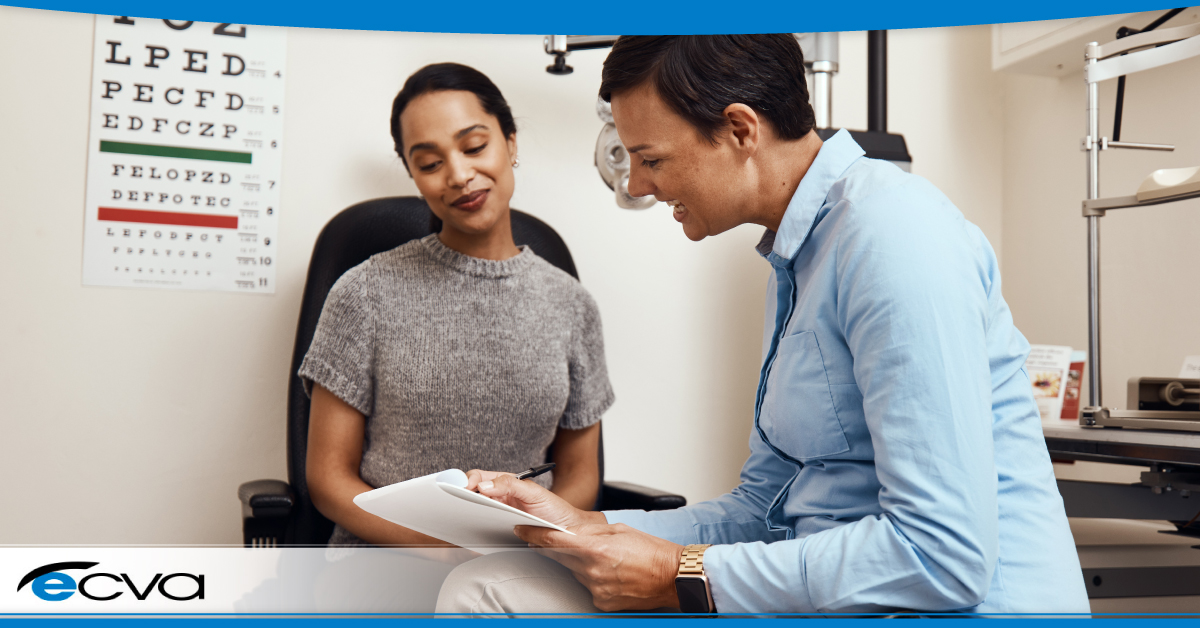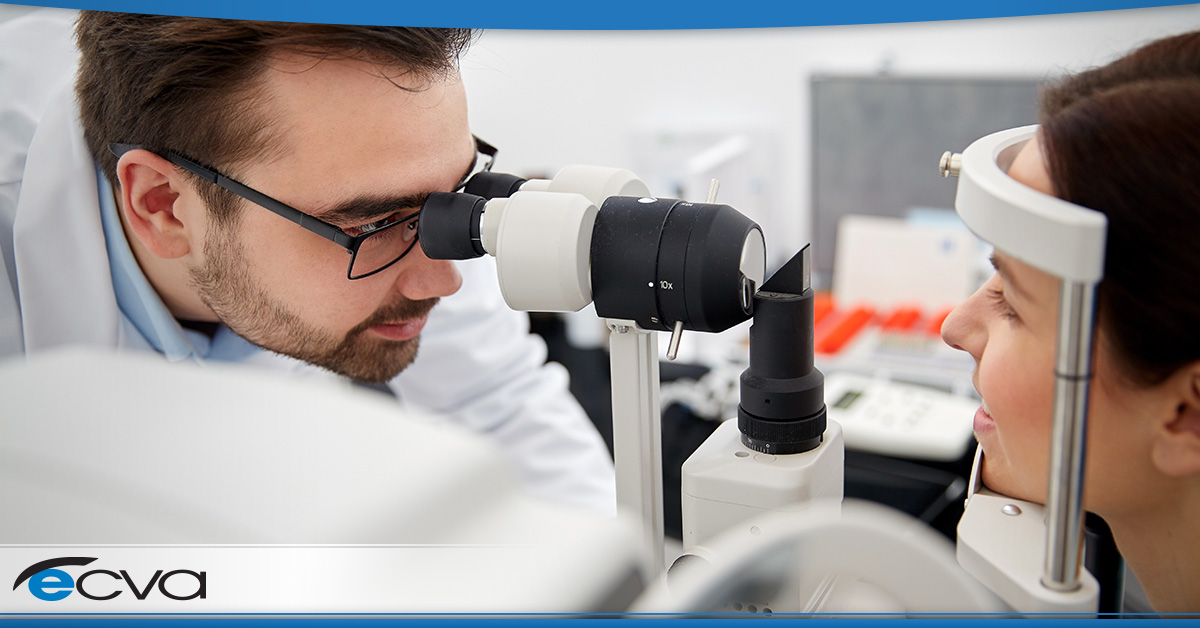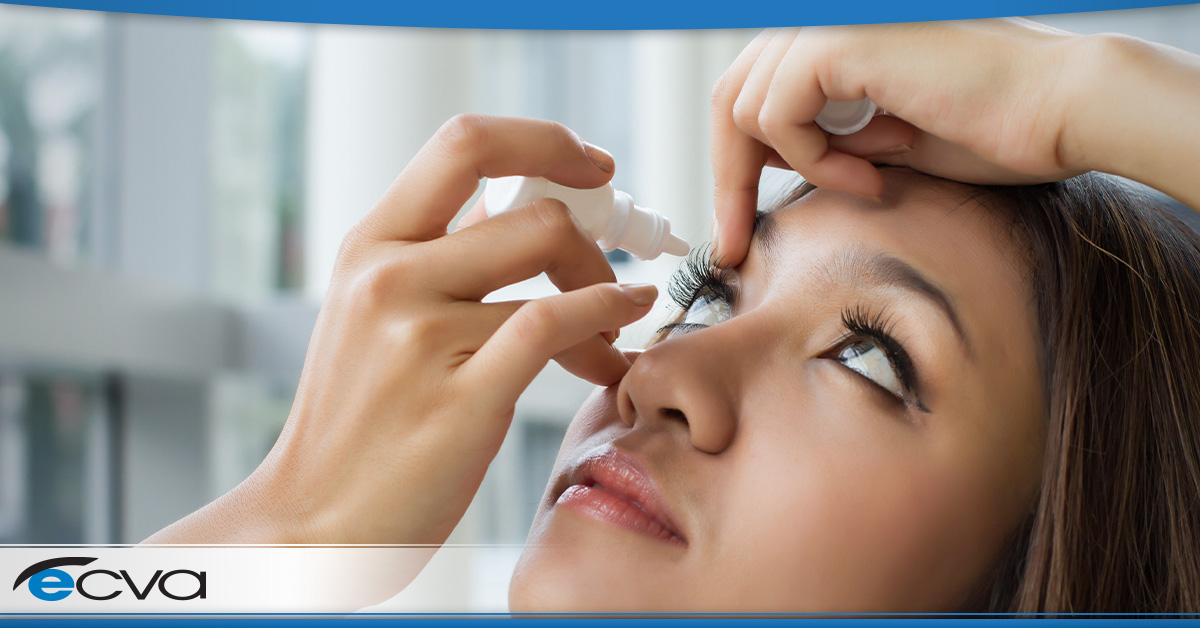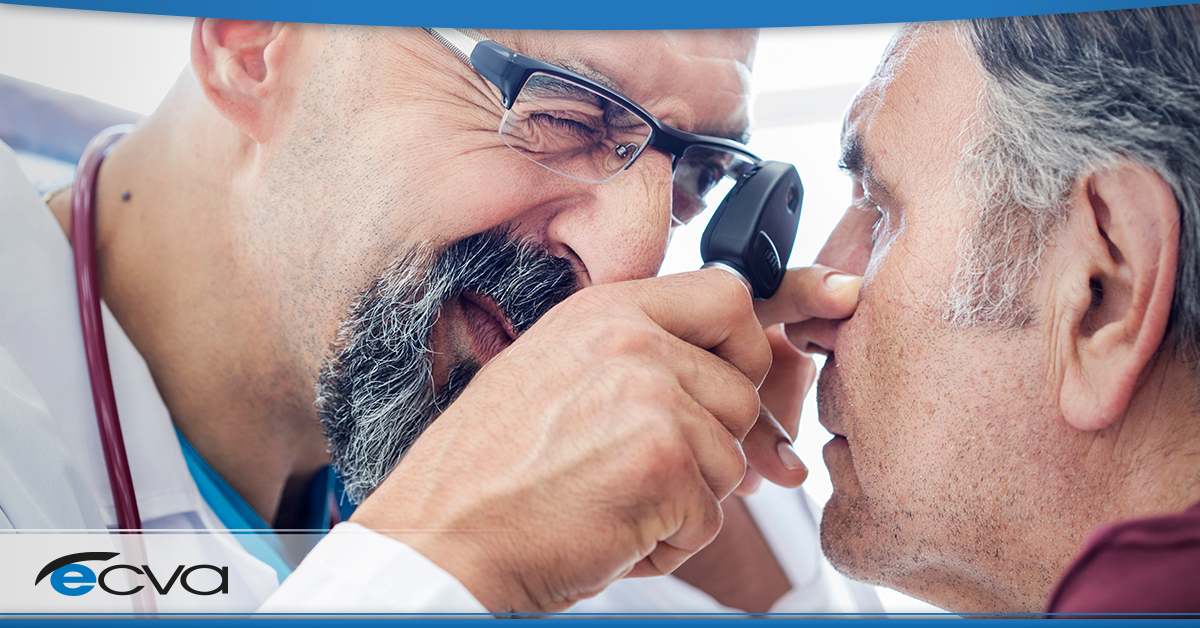Diabetic eye disease like diabetic retinopathy can permanently alter a person’s vision, leading to vision loss or, in severe cases, blindness. With diabetic retinopathy, the blood vessels in the eye weaken. At times, that can lead vessels to bulge and leak, and the latter can cause fluids to enter various parts of the eye, causing retinal tissue swelling. As those tissues are impacted, visual acuity changes, and any damage caused is potentially irreversible.
However, treating diabetic eye disease can slow or prevent future eye changes, allowing a person to limit their vision loss. One such option is vitreoretinal surgery, also known as vitrectomy, but different paths are also available.
Here’s a look at vitreoretinal surgery and a few other treatments for diabetic eye disease, as well as what you can do to navigate your treatment options.
Vitreoretinal Surgery for Diabetic Retinopathy
Vitreoretinal surgery is a procedure that’s often used in the treatment of advanced diabetic retinopathy. While it isn’t a cure for diabetic retinopathy, it can slow its progression and may reverse some of its impact, causing your vision to possibly improve, stabilize, or avoid significant ongoing losses.
With a vitrectomy, your eye care provider addresses vitreous gel clouding that can occur when blood vessels leak by removing impacted tissue and replacing it with a clear artificial substitute. In many cases, replacing the cloudy vitreous gel with a clear artificial solution leads to significant vision improvement.
During the procedure, your eye care provider will also remove built-up scar tissue that’s developed in the eye. Scar tissue can pull on the retina, leading to visual distortions and increasing the chances of a retinal detachment. As a result, scar tissue removal can lead to vision improvements and reduce the risk of retinal detachment.
Other Treatments for Diabetic Retinopathy
Generally, vitreoretinal surgery is reserved for advanced diabetic retinopathy cases. Other treatment options may provide positive results if your case isn’t that severe. For example, blood sugar management could prevent further damage, which may make additional treatment unnecessary.
For more severe cases, medication injections involving vascular endothelial growth factor inhibitors can help prevent abnormal blood vessel development that can occur with diabetic retinopathy and reduce fluid buildup. Focal laser or scatter laser treatment – also known as photocoagulation – can also slow or stop blood vessel leakage or shrink abnormal vessels, making them a viable option in some cases.
How to Navigate Your Treatment Options
Selecting a treatment option after being diagnosed with diabetic retinopathy is often intimidating. Fortunately, by working with your eye care provider, you can receive critical guidance and support that makes selecting an appropriate approach easier.
Your eye care provider can look at the details of your situation, identifying treatment options that are both viable and have the highest chances of making a positive impact. They can also answer questions to help you understand the recommendations, ensuring you can find the best treatment option for you.
At ECVA, the safety and health of our patients’ eyes are our priority. If you’ve been diagnosed with diabetic retinopathy, are concerned you may develop diabetic eye disease, or simply haven’t visited your eye care provider in the past year, the ECVA team is here to help. Schedule an appointment at your closest ECVA clinic today.


















